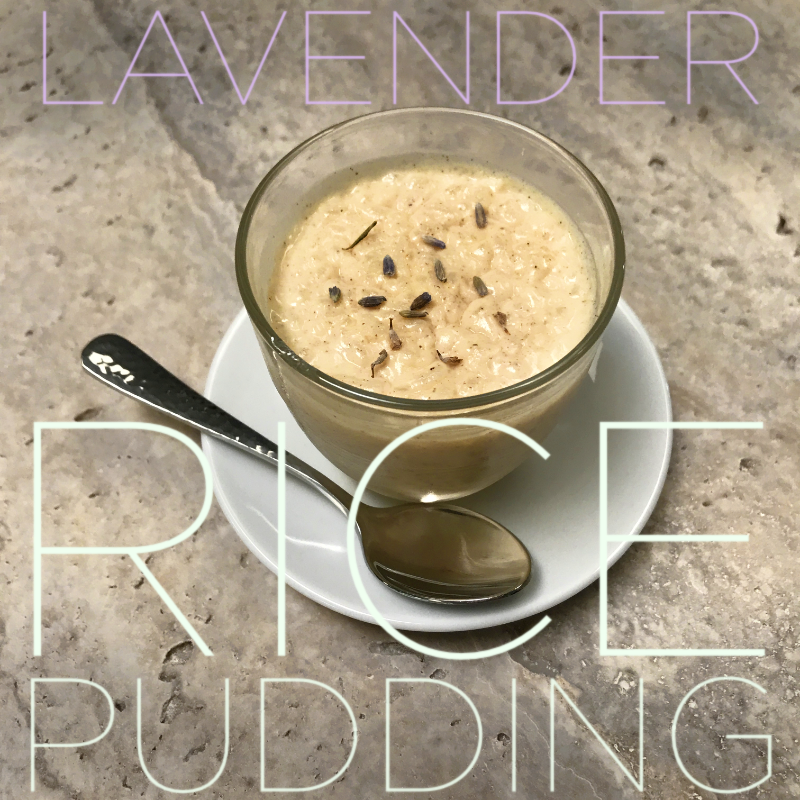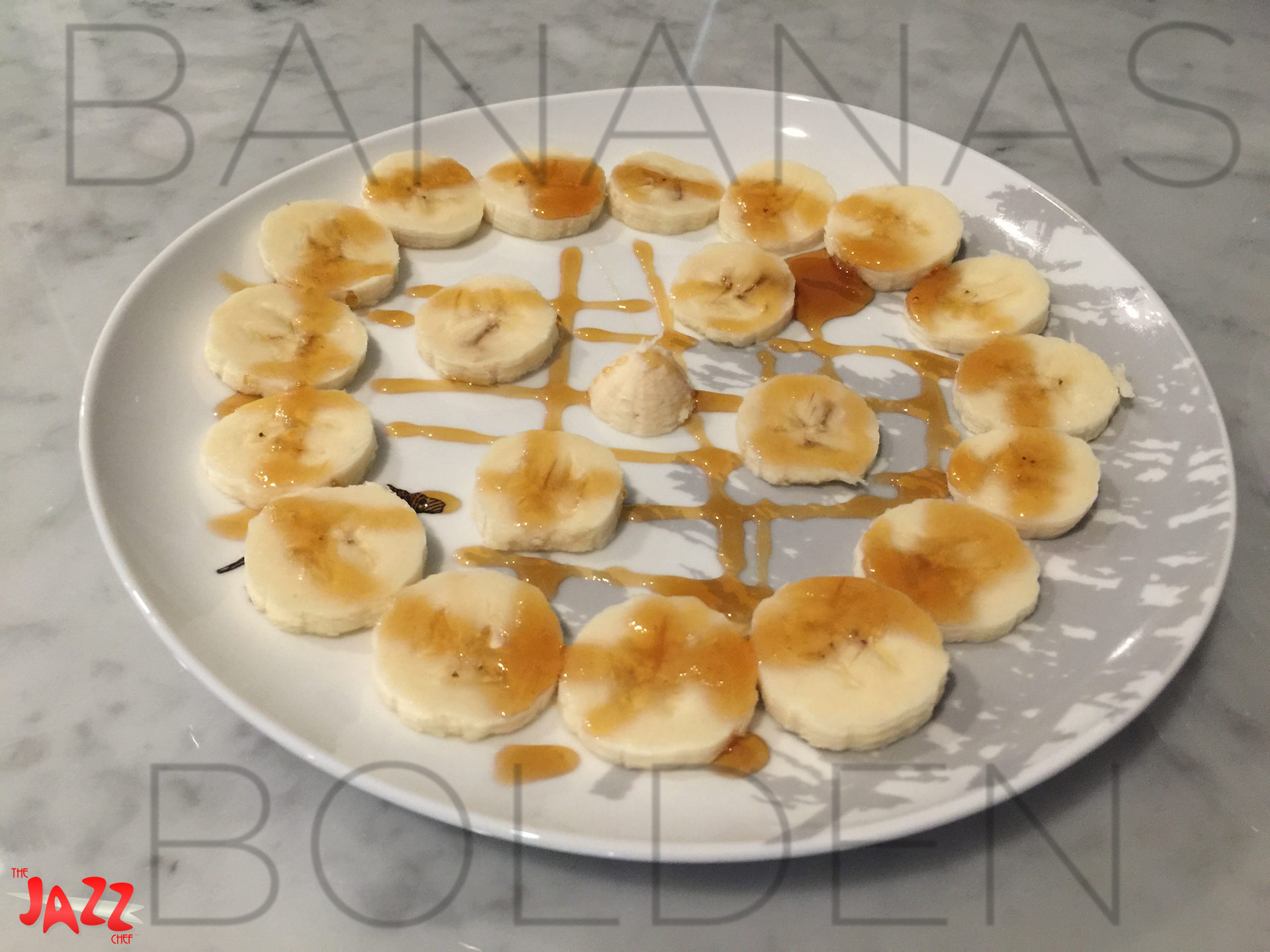Keyqueso Melts – The JazzChef Homerun™ Series
KEYQUESO MELTSServes: 1Prep Time: < 5 min.A Six Minute Trip FROM MAINE TO KEY WEST VIA KANSASThere are a lot of easy home runs for breakfast that don't take a lot of work. You can improvise quickly just combining great...





